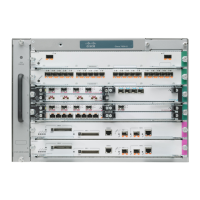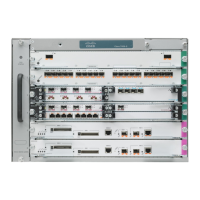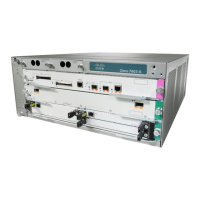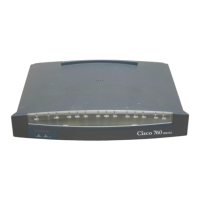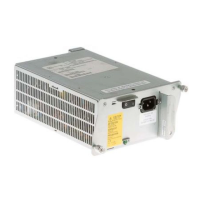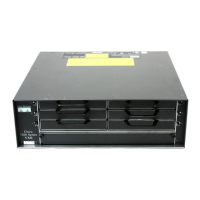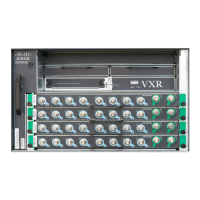19-6
Cisco 7600 Series Router Cisco IOS Software Configuration Guide, Release 12.2SX
OL-4266-08
Chapter 19 Configuring Standard-Compliant IEEE MST
Understanding MST
• The CIST regional root was called the IST master in the prestandard implementation. If the CIST
root is in the region, the CIST regional root is the CIST root. Otherwise, the CIST regional root is
the closest router to the CIST root in the region. The CIST regional root acts as a root bridge for the
IST.
• The CIST internal root path cost is the cost to the CIST regional root in a region. This cost is only
relevant to the IST, instance 0.
Table 19-1 compares the IEEE standard and the Cisco prestandard terminology.
Hop Count
MST does not use the message-age and maximum-age information in the configuration BPDU to
compute the spanning tree topology. Instead, they use the path cost to the root and a hop-count
mechanism similar to the IP time-to-live (TTL) mechanism.
By using the spanning-tree mst max-hops global configuration command, you can configure the
maximum hops inside the region and apply it to the IST and all MST instances in that region. The hop
count achieves the same result as the message-age information (triggers a reconfiguration). The root
bridge of the instance always sends a BPDU (or M-record) with a cost of 0 and the hop count set to the
maximum value. When a router receives this BPDU, it decrements the received remaining hop count by
one and propagates this value as the remaining hop count in the BPDUs it generates. When the count
reaches zero, the router discards the BPDU and ages the information held for the port.
The message-age and maximum-age information in the RSTP portion of the BPDU remain the same
throughout the region, and the same values are propagated by the region-designated ports at the
boundary.
Boundary Ports
In the Cisco prestandard implementation, a boundary port connects an MST region to one of these STP
regions:
• A single spanning tree region running RSTP
• A single spanning tree region running PVST+ or rapid PVST+
• Another MST region with a different MST configuration
A boundary port also connects to a LAN, the designated router of which is either a single spanning tree
router or a router with a different MST configuration.
There is no definition of a boundary port in the 802.1s standard. The 802.1Q-2002 standard identifies
two kinds of messages that a port can receive: internal (coming from the same region) and external.
When a message is external, it is received only by the CIST. If the CIST role is root or alternate, or if
Table 19-1 Prestandard and Standard Terminology
IEEE Standard Definition Cisco Prestandard Implementation Cisco Standard Implementation
CIST regional root IST master CIST regional root
CIST internal root path cost IST master path cost CIST internal path cost
CIST external root path cost Root path cost Root path cost
MSTI regional root Instance root Instance root
MSTI internal root path cost Root path cost Root path cost
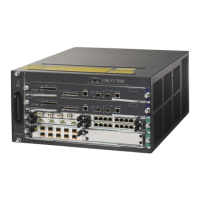
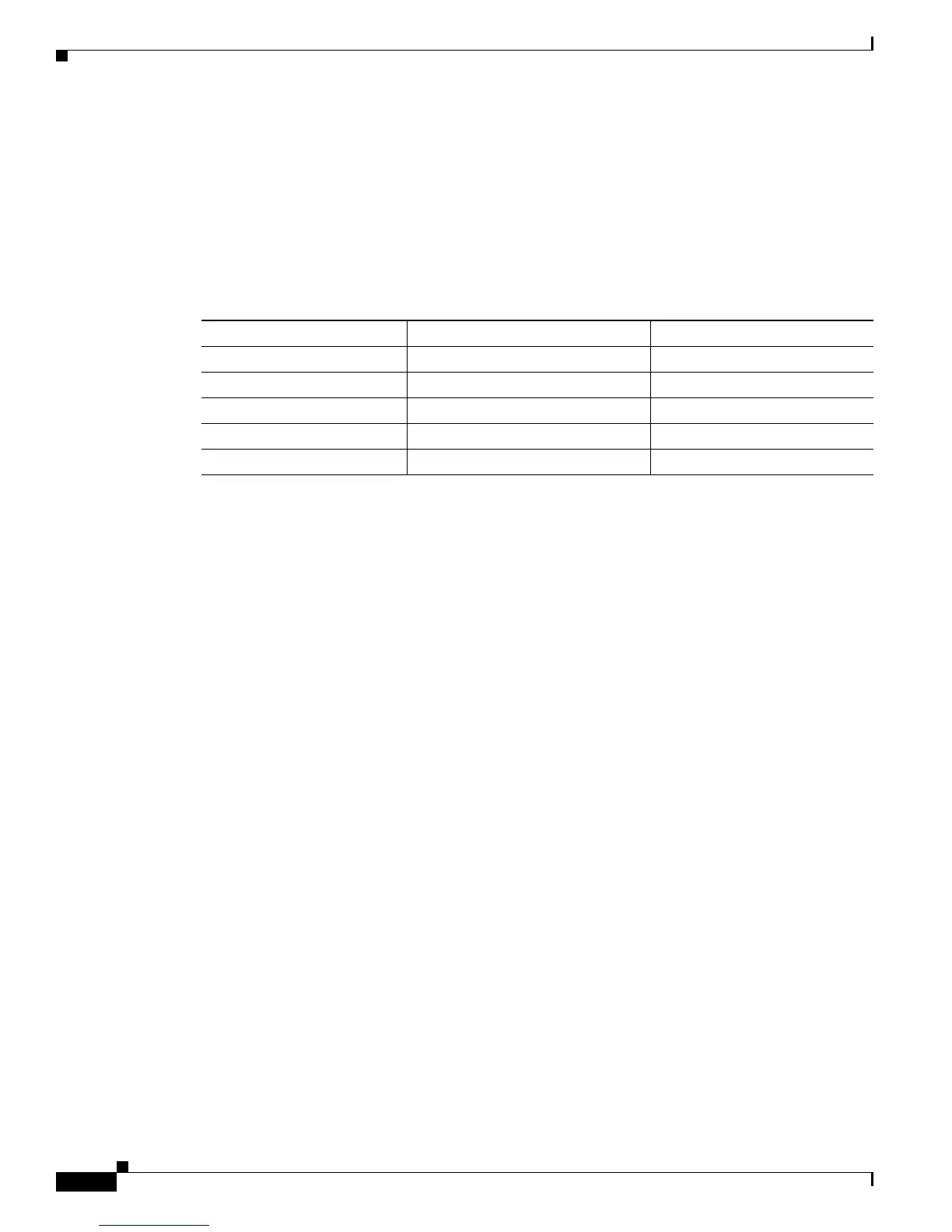